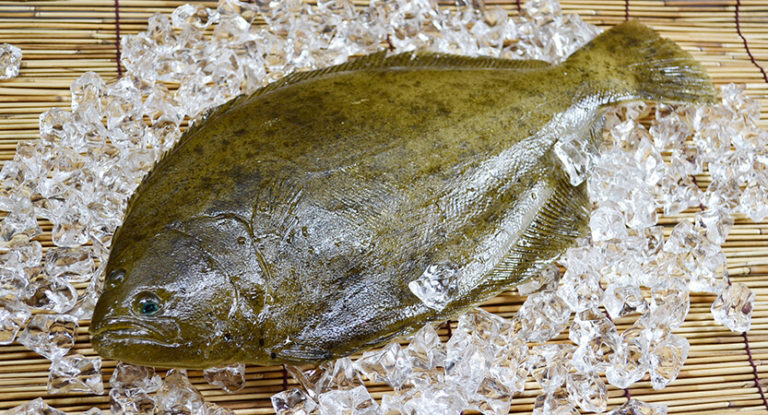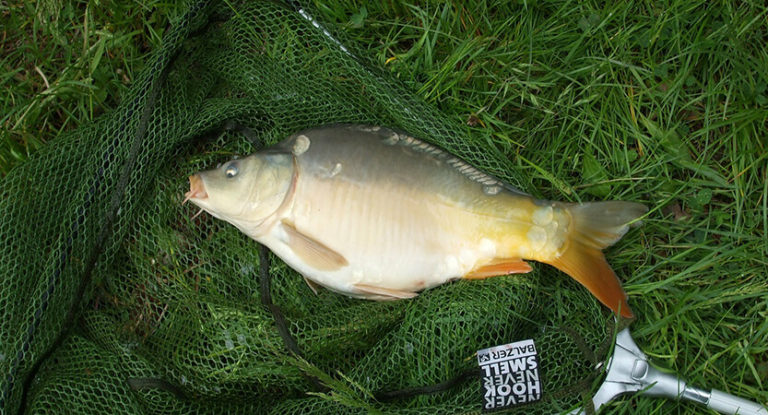Salmon, or Atlantic salmon, is a representative of the order of salmonids, the genus of real salmon. Usually, passage and lake (freshwater) forms of this species are distinguished. Large predatory fish, the maximum length of which can reach 1.5 m, and weight – about 40 kg. Lives up to 13 years, but most often fish 5-6 years old. Lake salmon can reach 60 cm in length and 10-12 kg of weight. Such a fish lives up to 10 years.
Here is an overview of the content of this tutorial, feel free to jump to any section you care about:
For more fishing instructions, take a look at these popular Trizily links: Tench Fishing, Sockeye Salmon Fishing.
- The 10 best fish finders for the money 2022
- The 7 best spinning reels 2022
- The 9 best lures for bass fishing 2022
- The 7 best baitcasting reels 2022
Salmon Fishing
Characteristics and habits of salmon
A distinctive feature of the fish are spots on the body in the handicap of the letter X. The best time to catch salmon in the river is the period of its mass sunset. Fish enters rivers unevenly. For different rivers, there are different features, including geographical ones, associated with the fish herd, which lives at different distances from the mouth and other factors. It is possible to distinguish several mass visits of fish to rivers: spring, summer and autumn, but this division is very arbitrary and does not have exact time limits. All this is highly dependent on natural factors and may vary annually. Accurate information about the fish entering this season can be provided by local fishermen or owners of licensed sites.
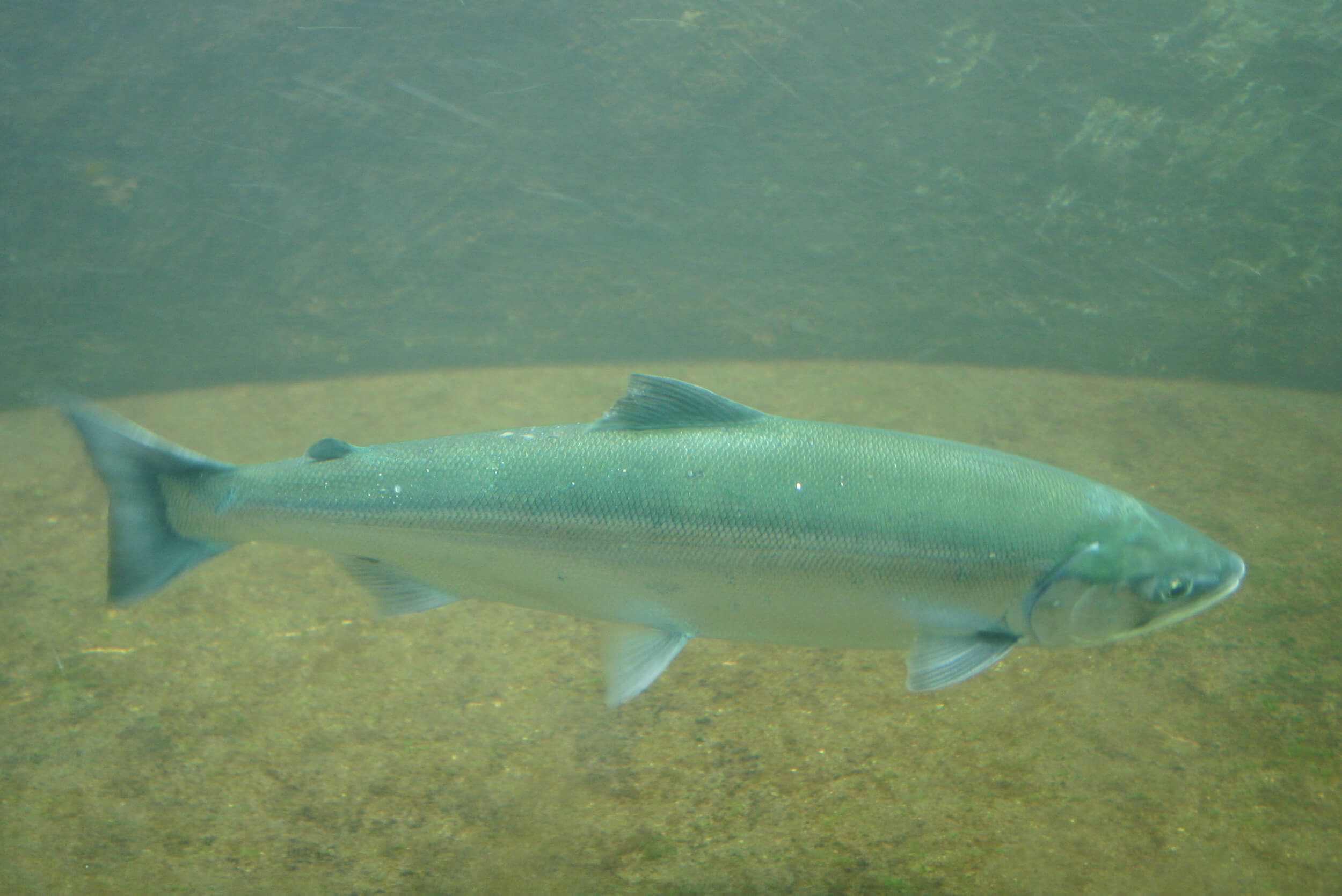
Reproduction habits
Salmon spawns in the upper river from October to December. A very developed return to their native river (homing). There are winter and spring herds. Males mature much earlier than females and in some populations, a year after leaving the sea, return to spawn. In general, the maturity of fish occurs in 1-4 years. In the first spring and last fall (although, relatively, salmon enter large rivers also under ice), females go to rivers. Massively, males begin to walk into the river with warming water.
The size of the fish varies greatly from region to body of water. Salmon that came in the fall will spawn only the next year. Before entering the river, the fish for some time adapts in the estuary zone to change the salinity of the water. After entering fresh water, it undergoes morphological changes in the digestive system and ceases to eat. Winter fish are more oily, they will not eat for about a year. In fresh water, the fish also changes externally. Females prefer to equip nests in pebble ground. The fertility of salmon is up to 22 thousand eggs. After spawning, a certain number of fish die (mainly males), females spawn, on average, 5-8 times in their entire lives.
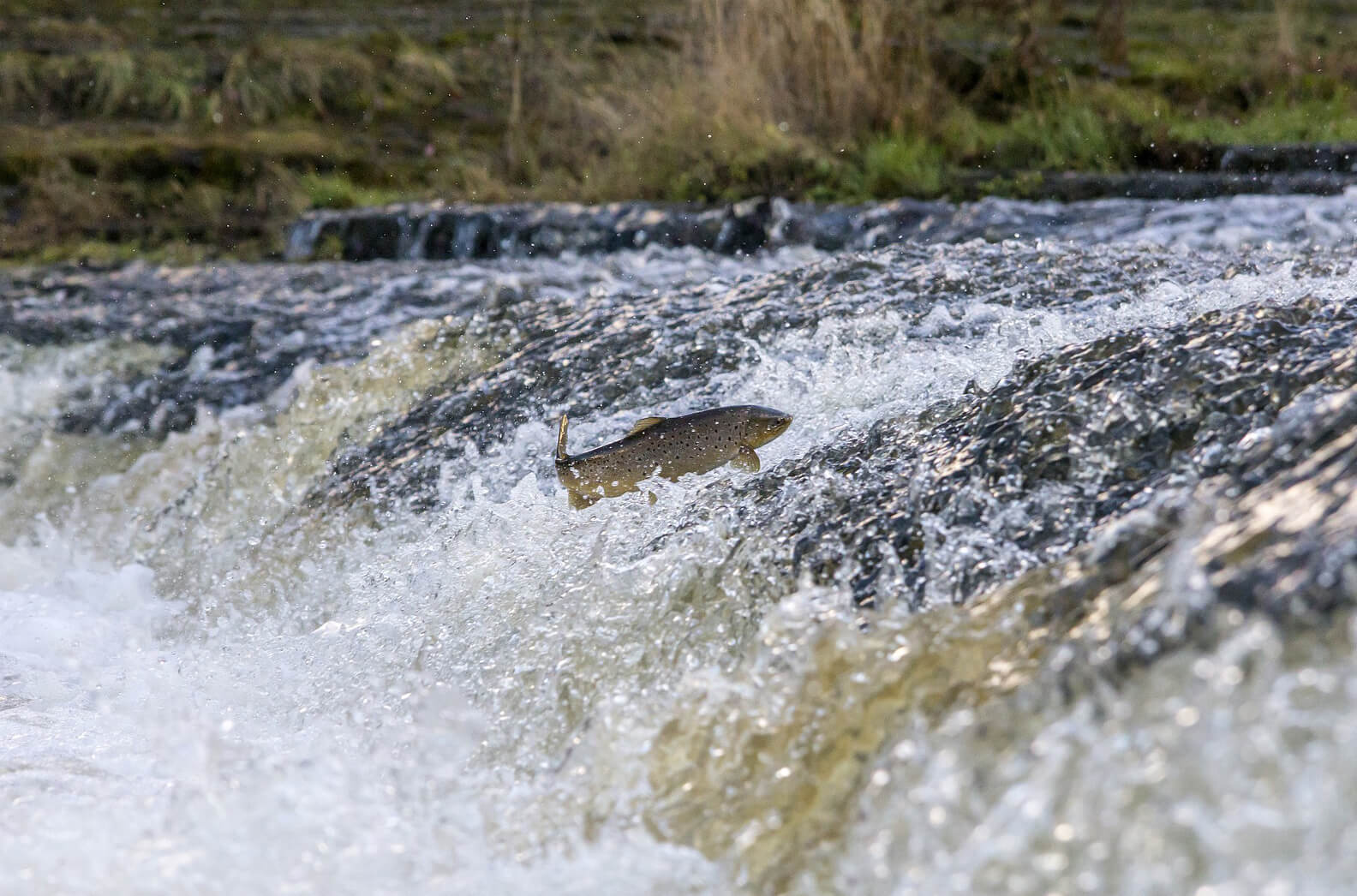
After spawning, in the fall, and having lost significant weight, the fish begins to dump back into the sea, where it gradually takes the form of an ordinary silverfish ” Larvae hatch in the spring. Food – zooplankton, benthos, flying insects, juvenile fish. Slide into the sea after ice drift in spring. Fishing for Atlantic salmon is licensed, and the fishing season is governed by the “rules of recreational fishing.” Time adjustments are possible, depending on the region and weather conditions.
Salmon fishing guide: Techniques, bait and gear
Salmon fishing techniques
Salmon is caught with various fishing gear, both rivers and at sea. In ancient times, salmon were caught using seines, fixed nets, fences. But today, these types of fishing gears, like trains, messels, floodplains, are considered fishing gear and are prohibited for amateur fishing. Before you go fishing for salmon, you need to familiarize yourself with the rules for fishing this fish, for what gear, in a particular region, fishing is allowed.
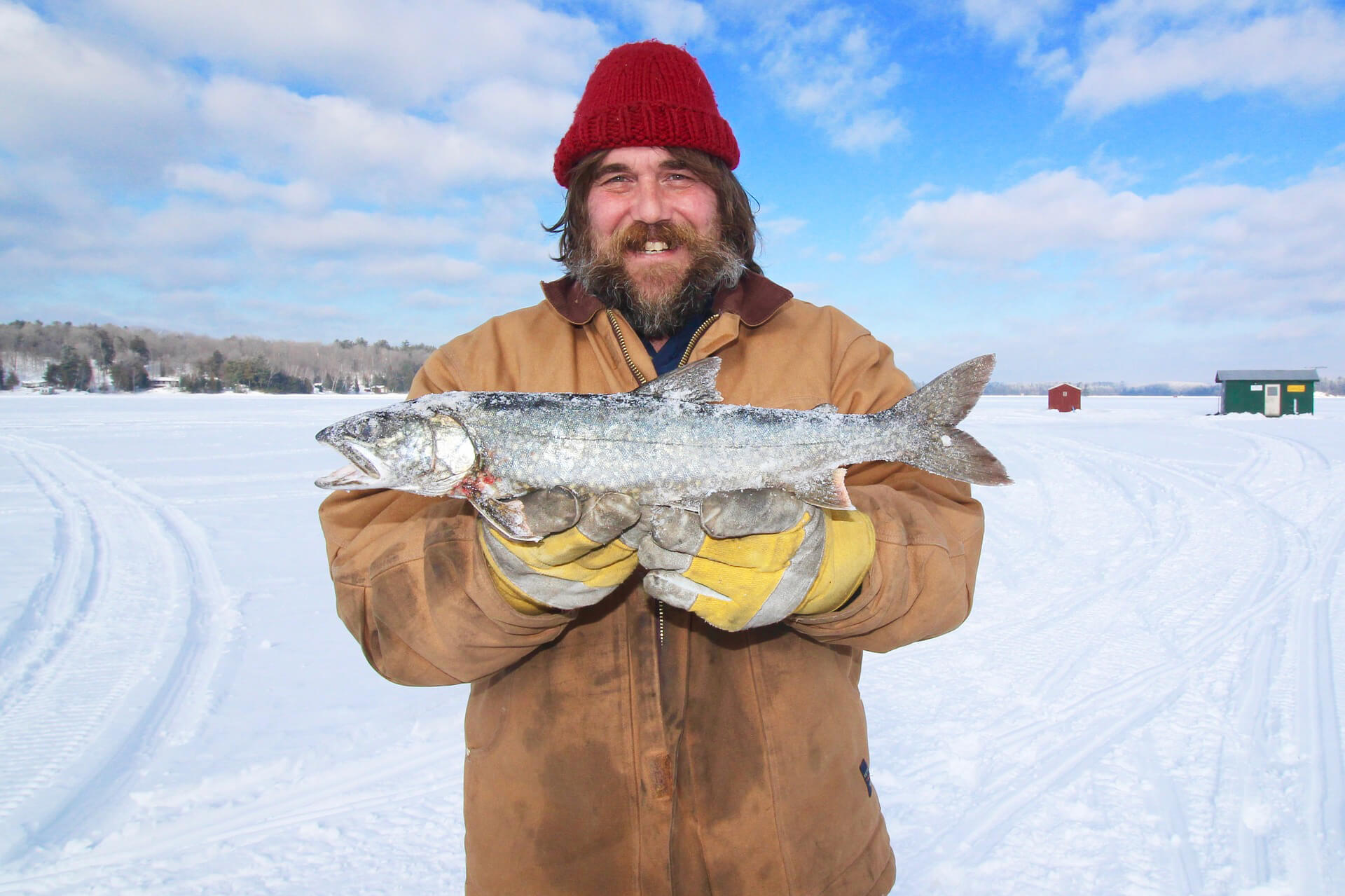
The rules can be determined not only by the legislation of the region, but also depend on the tenant of the reservoir. This also applies to lures. Today, in some reservoirs, in addition to artificial baits, hook fishing with the attachment of natural baits is allowed: this makes the range of gear used wider. But before the trip, all the nuances must be clarified. The main permitted types of recreational fishing are spinning and fly fishing gear. On some ponds, trolling is allowed. In addition, regardless of the fishing method, fishing is allowed on the basis of the “catch-release” principle.
Spinning for salmon
When choosing a tackle, pay attention to its reliability, since there is always a chance to catch large fish. In medium and large rivers, catching salmon weighing more than 10 kg does not look fantastic, so it’s better to use a strong rod. If you hunt large fish using heavy lures, take multiplier reels with a supply of fishing line from 100 m.
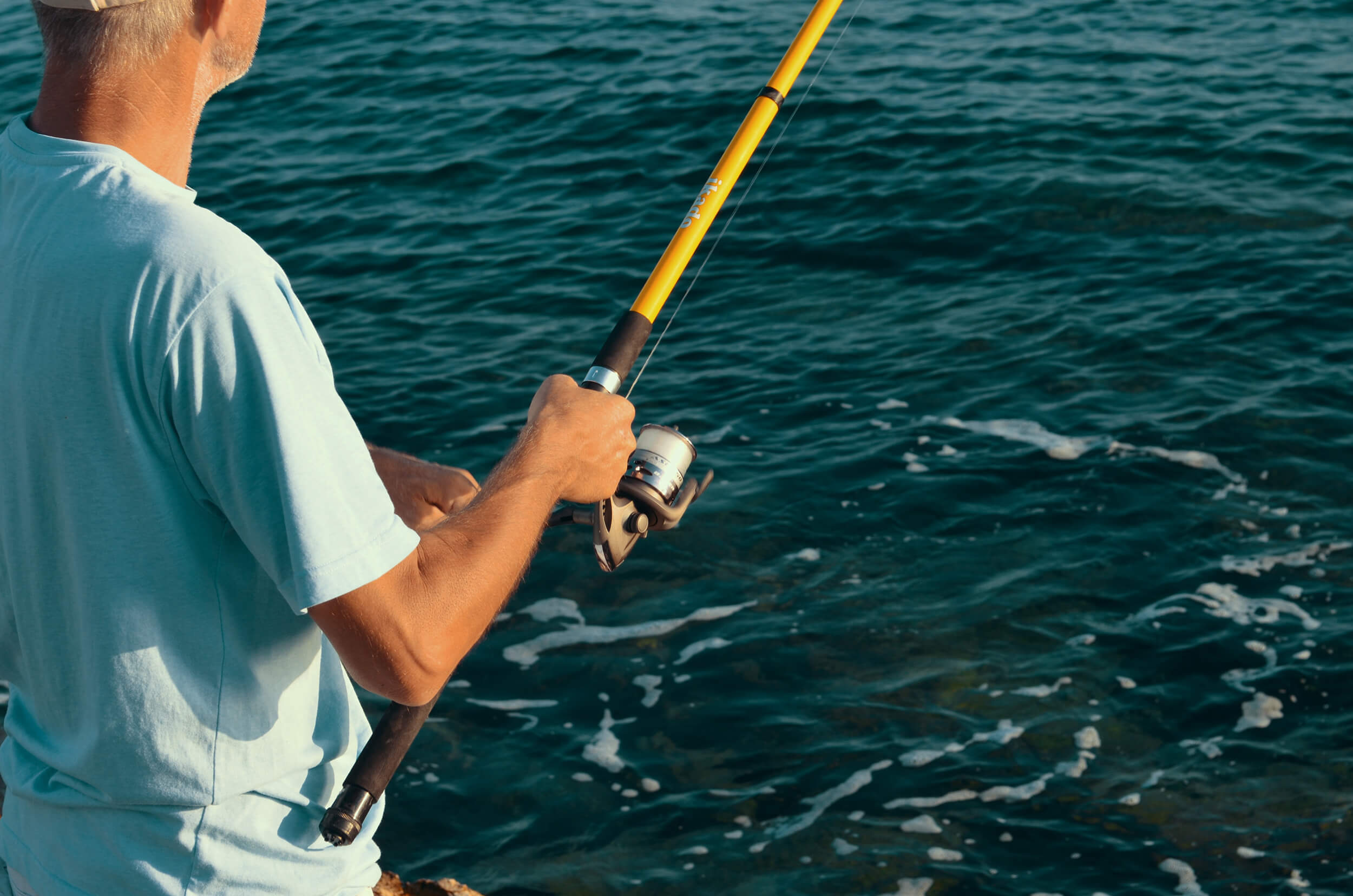
The choice of equipment depends on the experience of the fisherman and the reservoir and on the salmon population that spawns. Before the trip, be sure to take an interest in the biology of Atlantic salmon, when and which herd enters the river. Spoons fit different and rotating or oscillating. If desired, you can use wobblers. No less popular is salmon fishing with a spinning rod using salmon flies. Large bombs (sbirulino) are used to cast light baits. For fishing at the beginning of the season, in large and cold water, sinking bombards and large shipped flies are used.
Fly fishing for salmon
When choosing a fishing rod for fly fishing salmon, you need to consider several points. As for the choice of one-handed or two-handed rods, it all depends, first of all, on personal preferences, the experience of the fisherman, as well as on the size of the reservoir and the fishing season. On medium and large rivers, the use of one-handed rods clearly reduces the possibility of fly fishing.
Fishing with such rods becomes more energy-consuming, and therefore less comfortable, unless the use of watercraft is allowed on some large rivers. A large body of water, when fishing from the shore, suggests the possibility of using longer fishing rods, including two-handed fishing rods up to 5 m long. Especially if the fishing is in high and cold water, at the beginning of the season, as well as during possible floods in summer.
Use longer fly fishing rods
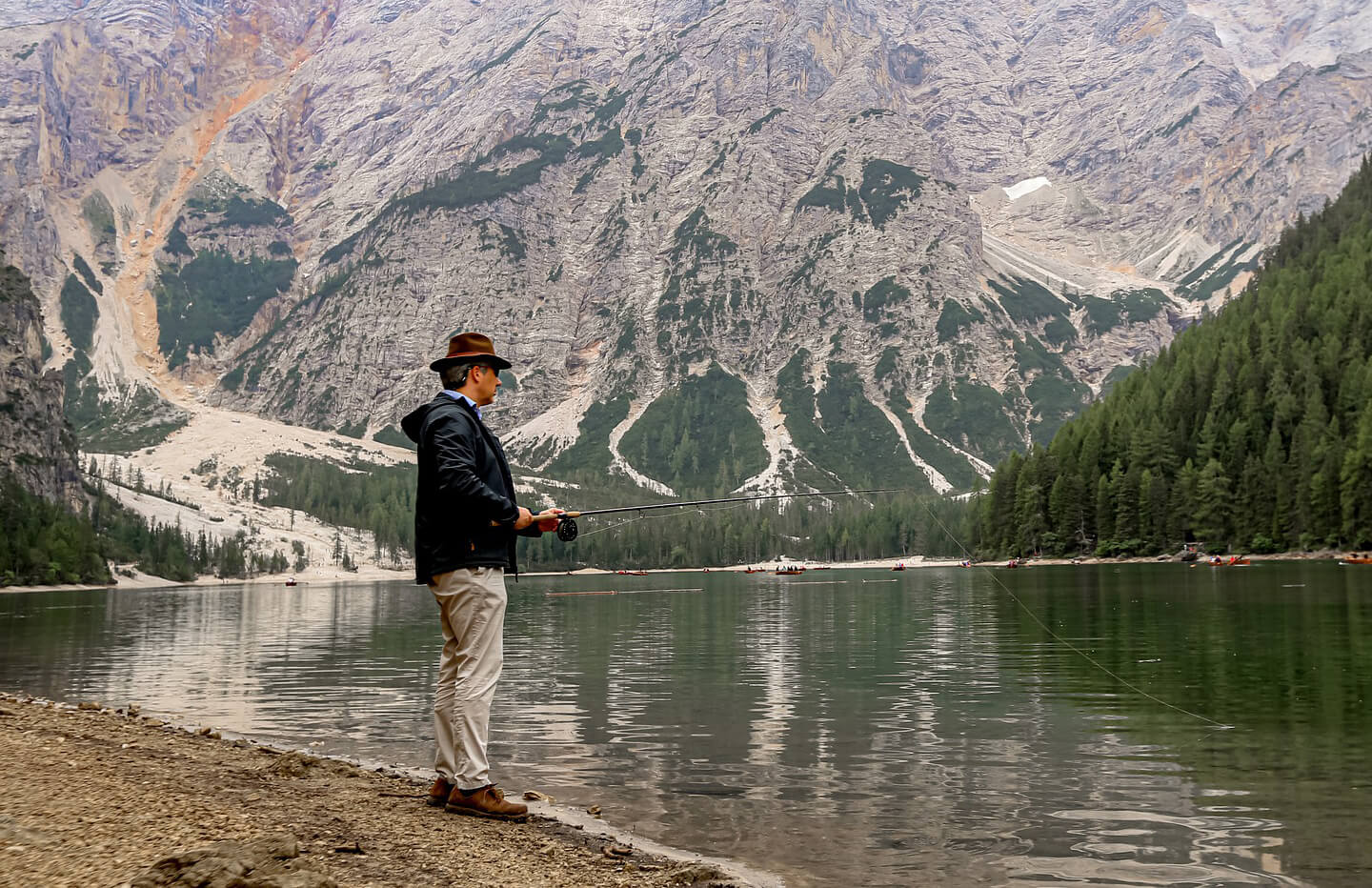
There are several reasons for using longer rods. Factors such as the increase in casting length in the complicated conditions of the coastline may also play a role, but the main thing is the management of the bait in a powerful stream of spring water. Do not forget that heavy and fairly large flies are used. To select the class of two-handed people, they proceed from the principle that rods above the 9th grade are used in spring water to cast deadwood baits, the weight of which sometimes goes over several tens of grams. When a low summer level is established, the water warms up, and the fish actively pecks in the upper layer of water. Then most fishermen switch to fishing rods of lighter classes.
Some other experiences
For more hazardous fishing, many anglers use gear of grades 5-6, as well as switches, which are very different in structure from spey fishing rods and create additional intrigue when fighting. For beginners and economical fly-fishes, hedgehog studio, as the first rod, it is recommended to purchase a two-handed rod, nevertheless, of the 9th grade. Often the class of modern two-handed people will be described, for example, as 8-9-10, which indicates their universality. The choice of coil is reduced to reliability and large capacity.
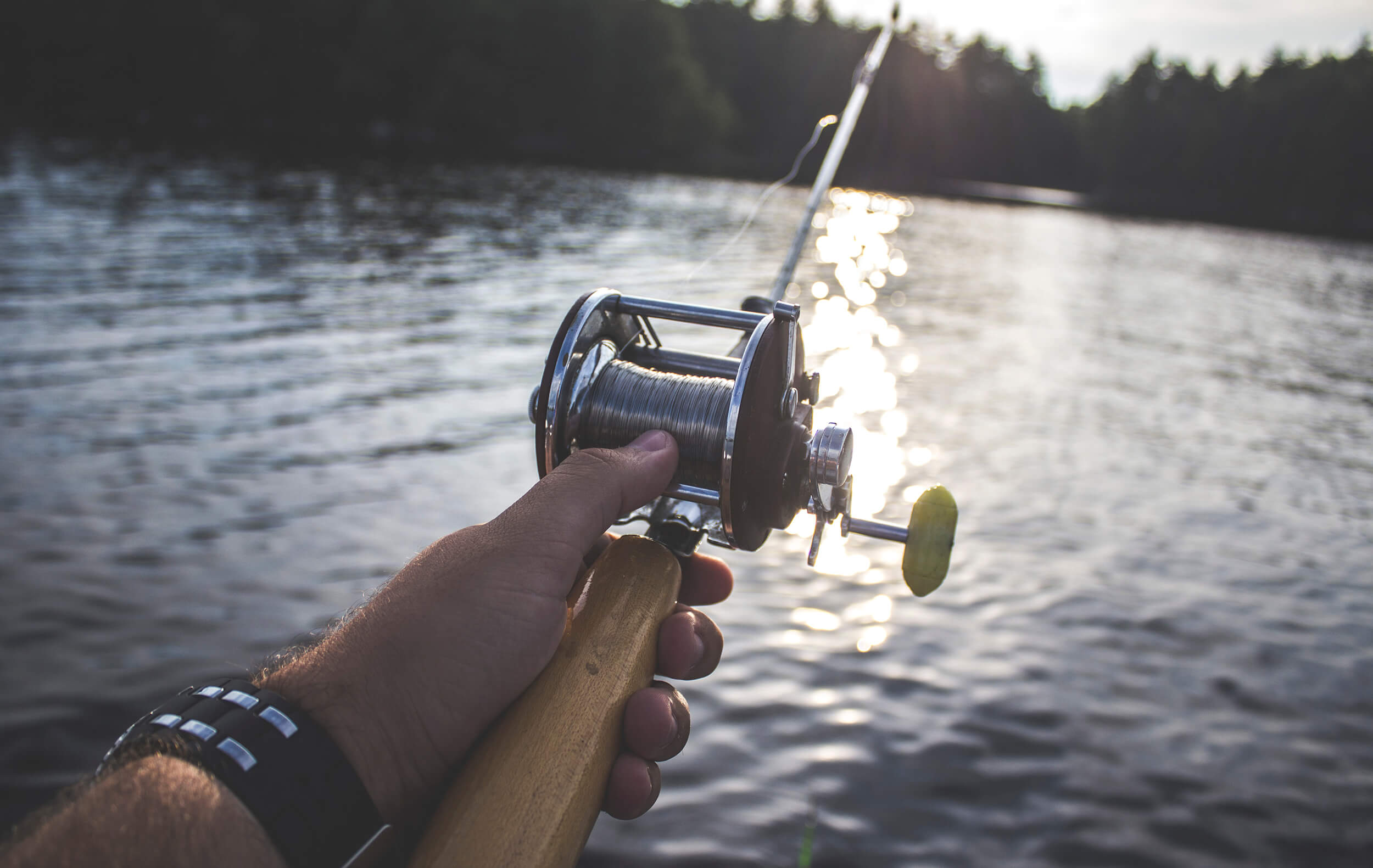
The choice of the class of one-handed rods depends, first of all, on personal experience and desires. But it should be borne in mind that even with summer fishing of medium-sized fish, beginners may have problems with catching strong fish. Therefore, you should not, on the first fishing trip, use rods below the 8th grade. On rivers where it is possible to catch large specimens, a long backing is required. The choice of line depends on the fishing season and the preferences of the fisherman, but it is worth noting that for fishing in the conditions of summer low, heated water, it is better to use long-bodied, “delicate” lines.
Trolling for salmon
Trolling usually look for salmon in estuarine areas of rivers, in the coastal waters of the bay, on the seaside, as well as settled herds of fish in the lakes. Typically, salmon is located in depth behind underwater shelters. Adhering to sea currents, salmon is kept in its streams. Salmon constantly living in the Gulf of Finland, for example, is relatively small. Catching a giant by 10 kg is a big success, so there is no need for ocean-class spinning rods.
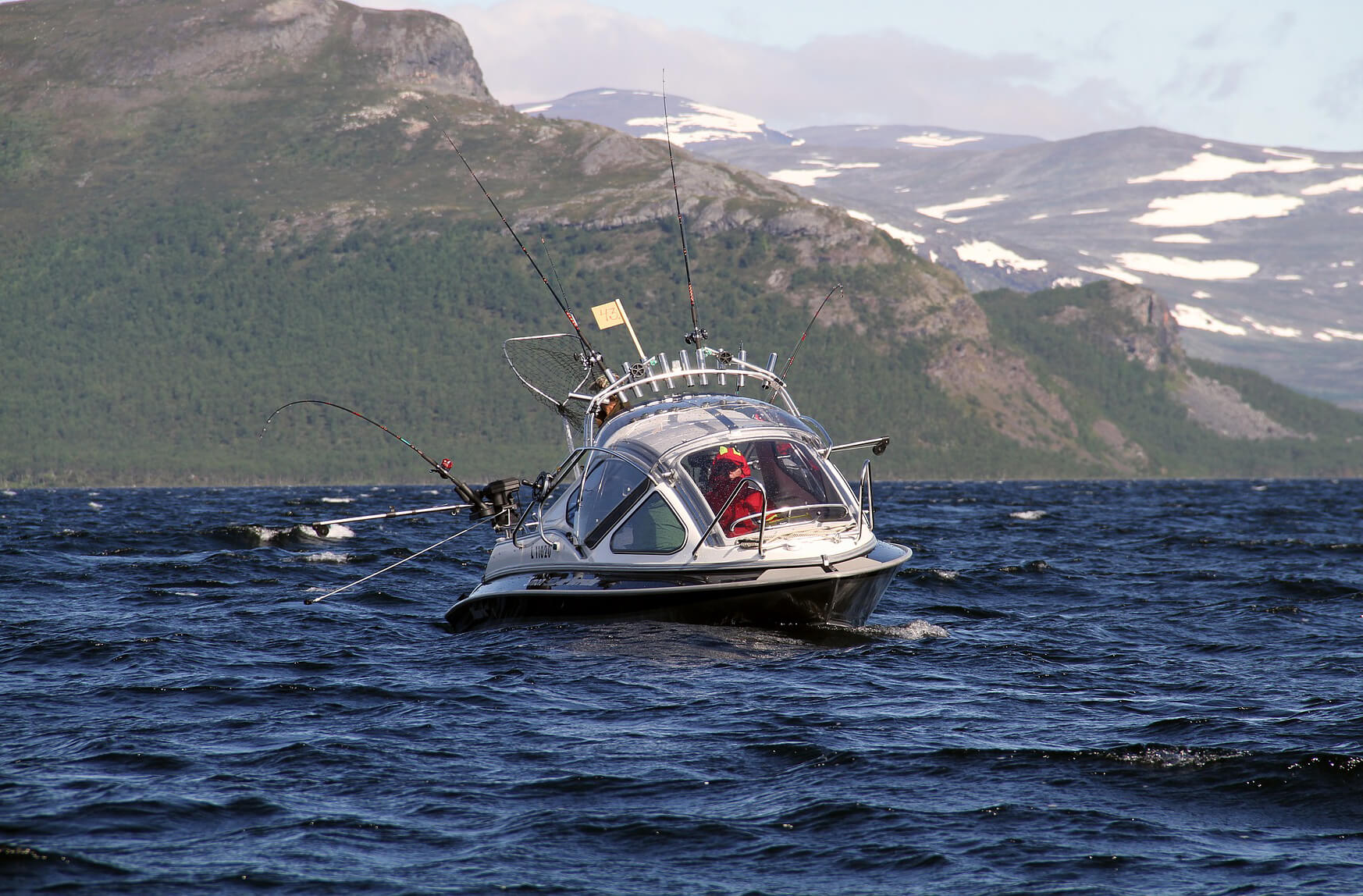
But rather strong rods are used, which have powerful multiplier reels and stocks of fishing line 150-200 m long. Large baits are often used as bait. Their length is not less than 18-20 cm (at great depths – from 25 cm). They are often equipped with three tees. Less commonly used are heavy oscillating baubles. The most popular of the wobblers used are the so-called “huskies”. This term refers to both classic Rapala wobblers and similar products from other manufacturers of the same type, as well as homemade ones.
Salmon Fishing bait
The choice of flies for catching Atlantic salmon is very individual, and is very diverse. This is more dependent on the season. It is worth starting from the principle: cold water – heavy baits; if warm water, and fish rises to the upper layers of water, then – flies on light carriers and hooks, up to surface, furrowed. The size and color of the lures can vary greatly, depending on the particular river and region. It is always worthwhile, in advance, to inquire from experienced fishermen what lures should be used in a certain period of time.
When fishing at fishing bases, you should use the baits offered by guides. Salmon can change their preferences during the day, so it is difficult to do with a small number of lures. In addition, the northern regions are characterized by unstable weather. A large amount of precipitation can dramatically change the temperature of river water and its level, which means that the fishing conditions will also change. Therefore, even in the middle of summer, it will not be amiss to have a stock of heavy sinking flies and undergrowths.
Where to catch salmon
The migratory species of salmon of the northern Atlantic lives in a huge range: from the coast of North America to Greenland, Iceland and the coast of the North, Barents and Baltic Seas. In large lakes, freshwater forms of salmon exist. For the most part, salmon are caught in fast-moving waters, in rapids, in shallow places, below waterfalls. From a boat, fishermen anchored in the middle of the river, or with the help of a rower holding a boat, on the course, at one point.
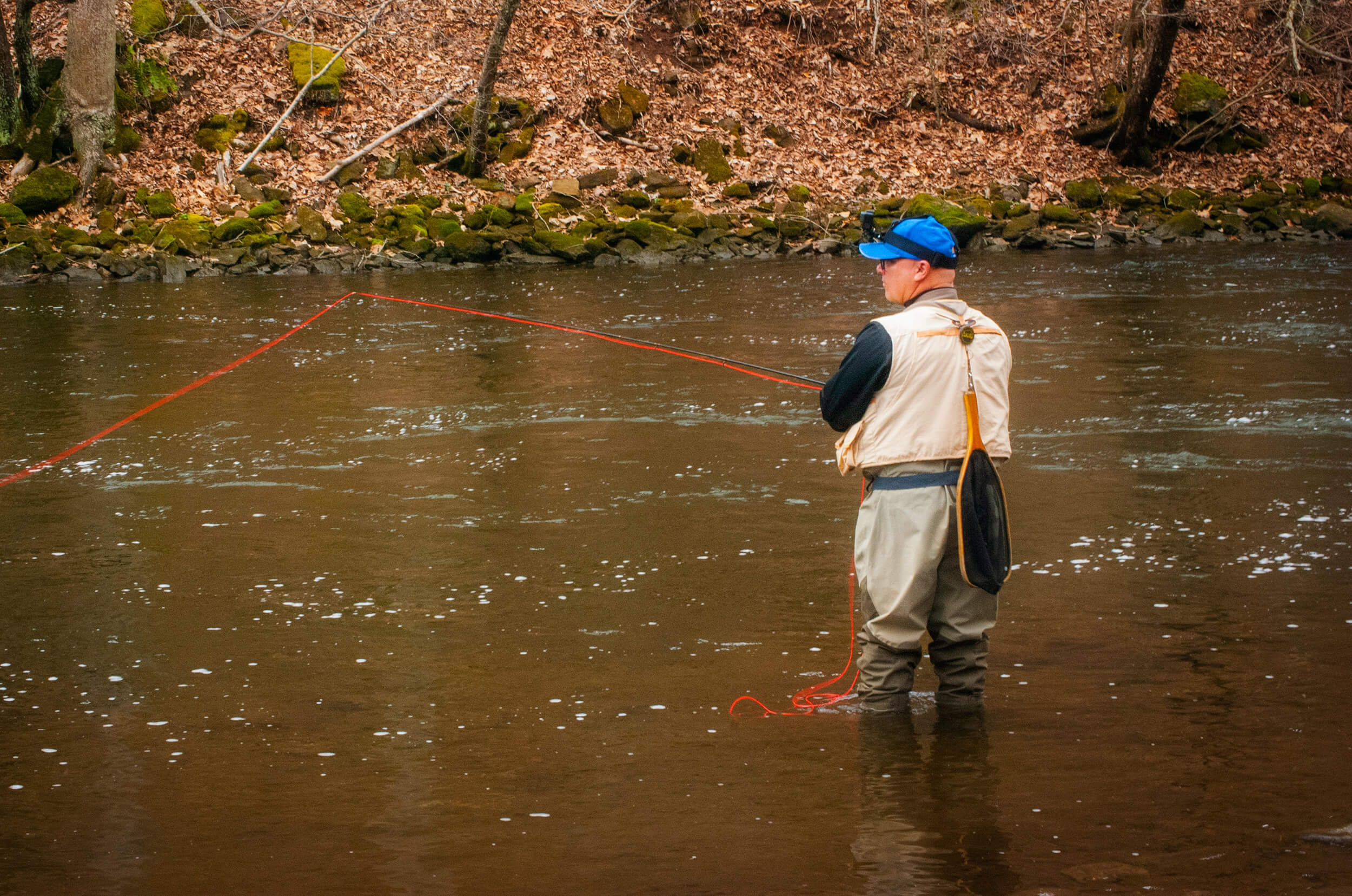
In the middle of summer, most often, fishing occurs in the upper layers of the water. Only when the pressure drops the fish can go closer to the bottom. In a river, usually, it is near obstacles or where the current is slightly weaker. Favorite is the place where two jets merge into one between adjacent large, pitfalls. Catching salmon in small rivers is much more convenient, since it stays in one place longer in them.

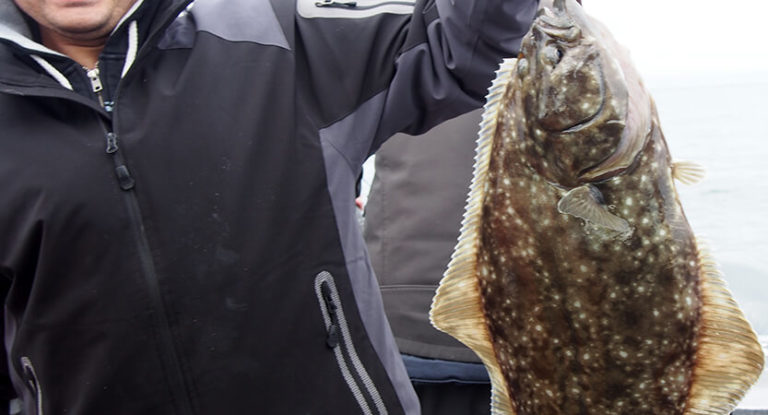
![The 9 Best Fishing Canoes in 2023 [Ultimate Guide] 10 The 9 Best Fishing Canoes in 2023 [Ultimate Guide]](https://trizily.com/wp-content/uploads/2022/03/best-fishing-canoes-768x768.jpg)
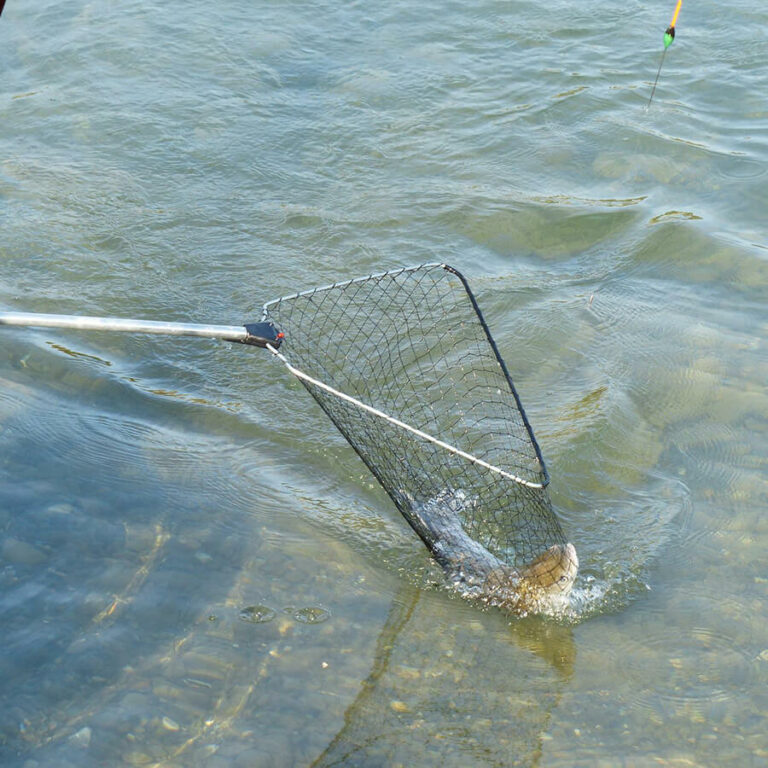
![7 Best Baitcasting Reels For 2023 Reviewed [Buying Guide] 30 7 Best Baitcasting Reels For 2023 Reviewed [Buying Guide]](https://trizily.com/wp-content/uploads/2021/12/baitcasting-reel-768x415.jpg)
